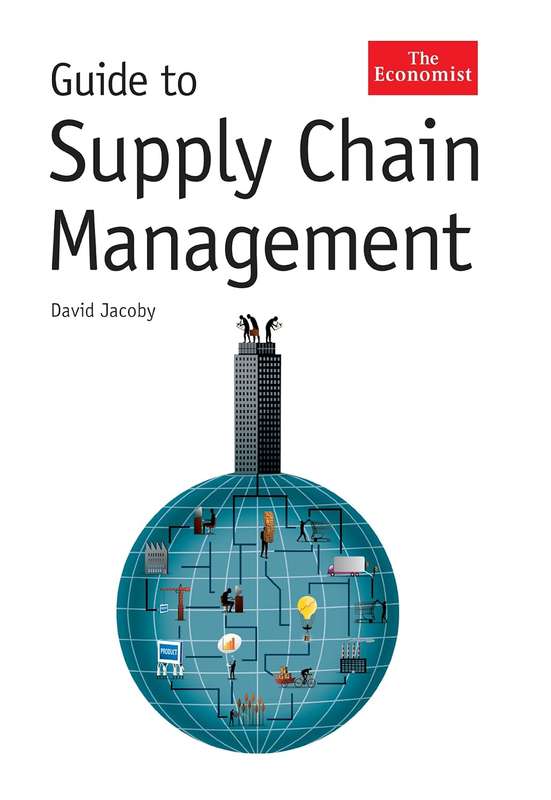
The Economist Guide To Supply Chain Management
Check my rate
| Main centres: | 1-3 business days |
| Regional areas: | 3-4 business days |
| Remote areas: | 3-5 business days |

| Main centres: | 1-3 business days |
| Regional areas: | 3-4 business days |
| Remote areas: | 3-5 business days |
The Economist Guide to Supply Chain Management by David Steven Jacoby is a comprehensive and accessible resource that delves into the intricacies of modern supply chain management. Published in 2009, this guide offers a strategic framework for formulating and implementing supply chain strategies that align with corporate goals and enhance competitive advantage.
Jacoby, a seasoned consultant with over 20 years of experience in operations strategy and performance improvement, draws upon his extensive background to provide readers with a practical approach to supply chain management. He emphasizes the importance of integrating supply chain efforts with broader corporate strategies to achieve significant performance improvements.
The book covers various aspects of supply chain management, including sourcing, logistics, inventory management, and customer service. Jacoby introduces concepts such as the bullwhip effect, cross-docking, and just-in-time inventory, illustrating how these strategies can be leveraged to optimize supply chain operations. He also discusses the role of technology and globalization in shaping modern supply chains, highlighting the need for companies to adapt to an increasingly competitive and interconnected business environment.
One of the key strengths of the guide is its use of real-life examples from industry leaders like Dell, Wal-Mart, and Tesco. These case studies demonstrate how effective supply chain management can lead to cost savings, improved efficiency, and enhanced customer satisfaction. By examining these examples, readers gain insights into best practices and innovative approaches that have been successfully implemented in various sectors.
Overall, The Economist Guide to Supply Chain Management serves as an invaluable resource for professionals seeking to enhance their understanding of supply chain dynamics and develop strategies that drive business success. Its clear explanations, practical tools, and real-world examples make it a must-read for anyone involved in supply chain management.